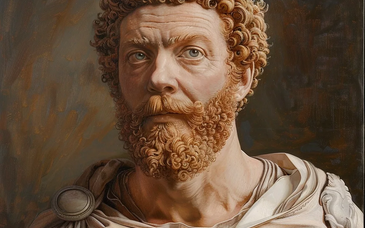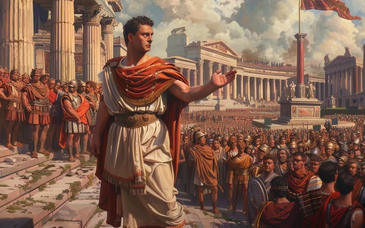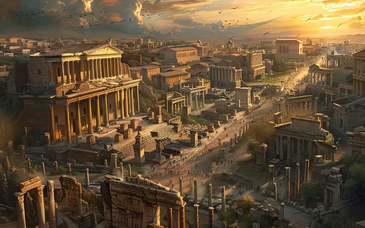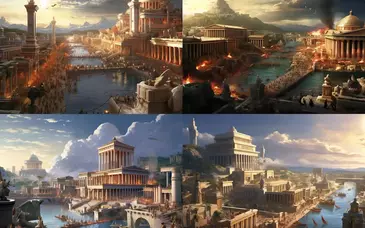Embark on a visual odyssey through the enchanting "Seven Hills of Rome Gallery," a collection that breathes life into the timeless beauty and historical significance of Rome's iconic hills. Each image in this gallery serves as a captivating window into the rich tapestry of Rome's past, offering a glimpse into the architectural marvels, cultural heritage, and the enduring spirit that defines this eternal city.
1. Palatine Hill: The Birthplace of Rome's Grandeur: Delve into the images capturing the majesty of Palatine Hill, the legendary birthplace of Rome. Wander through the ruins of imperial palaces, witness the grandeur of the Roman Forum, and trace the footsteps of emperors whose legacy echoes through time.
2. Capitoline Hill: The Heart of Ancient Rome: Explore the visual narratives unfolding on Capitoline Hill, the symbolic heart of ancient Rome. Marvel at the iconic Capitoline Museums, designed by Michelangelo, and absorb the essence of civic life in the Piazza del Campidoglio, where history meets art in a harmonious blend.
3. Aventine Hill: Tranquility and Panoramic Vistas: Immerse yourself in the serene allure of Aventine Hill through the gallery's images. From the keyhole view of St. Peter's Basilica to the rose-covered paths of the Orange Garden, experience the tranquility and panoramic vistas that make Aventine Hill a hidden gem.
4. Esquiline Hill: Gardens, Basilicas, and Ancient Residences: Wander through the visual tapestry of Esquiline Hill, adorned with lush gardens, grand basilicas, and remnants of ancient residences. Witness the melding of past and present as modern life intertwines with the historical treasures that grace this diverse hill.
5. Caelian Hill: Churches, Gardens, and Medical Marvels: Step into the enchanting world of Caelian Hill, where churches, gardens, and the pioneering medical facility of Santo Stefano Rotondo create a visual narrative of cultural richness and historical innovation. Explore the architectural gems that define this captivating hill.
6. Quirinal Hill: Royal Palaces and Architectural Elegance: Ascend Quirinal Hill through the gallery's visual journey, where royal palaces and architectural elegance unfold. Marvel at the Quirinal Palace, residence of the Italian President, and witness the grandeur that has characterized this hill throughout the ages.
7. Viminal and Oppian Hills: Urban Landscapes and Historical Echoes: Conclude the visual exploration with the urban landscapes and historical echoes of Viminal and Oppian Hills. From the Baths of Diocletian to the vibrant streets, experience the dynamic essence of these hills that contribute to the multifaceted allure of Rome.
The "Seven Hills of Rome Gallery" weaves a visual tapestry that transcends time, inviting viewers to witness the layers of history, culture, and architectural splendor that define the eternal city. As we navigate through these captivating images, we embark on a journey that celebrates the enduring legacy of Rome's hills and their integral role in shaping the narrative of one of the world's greatest civilizations.






